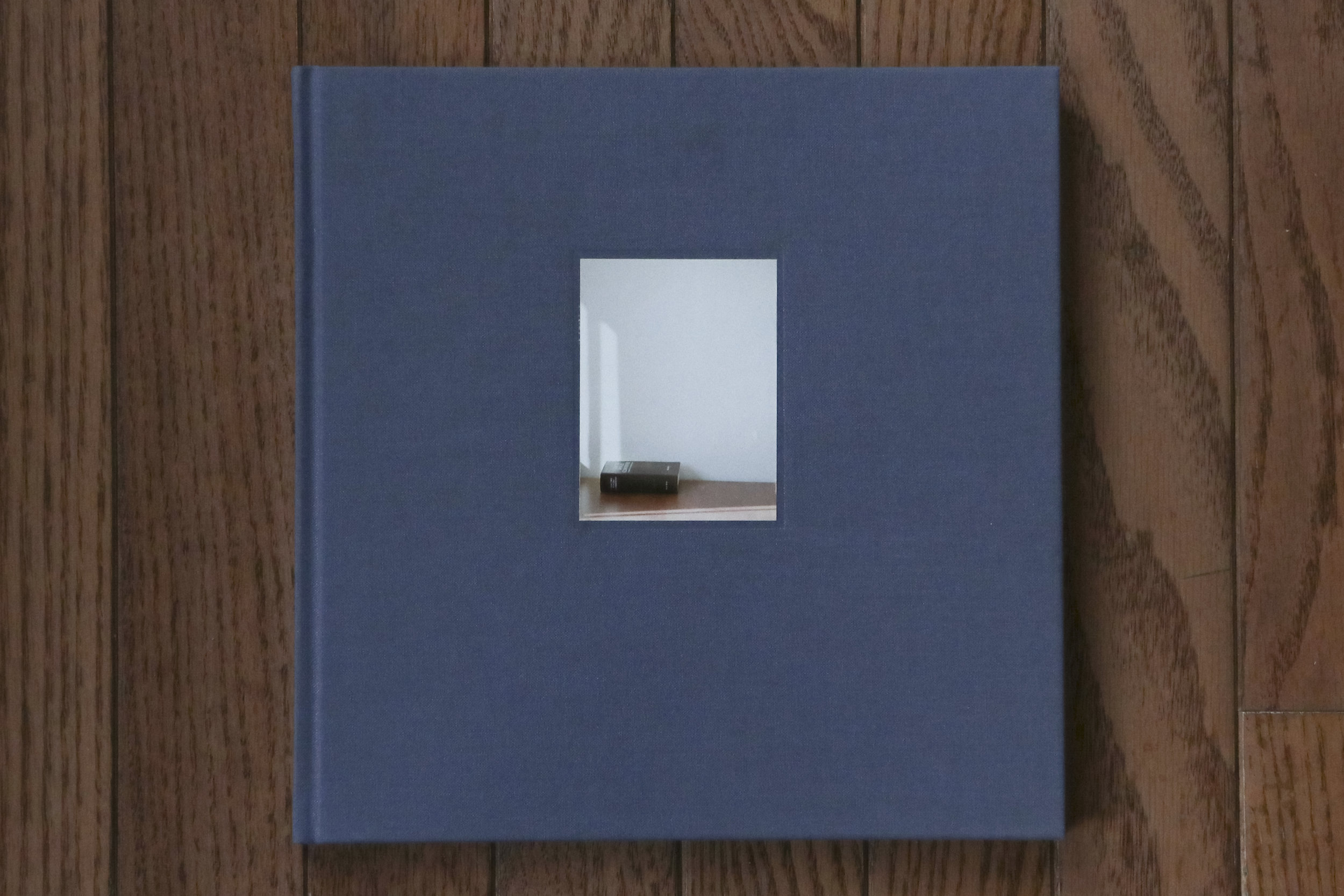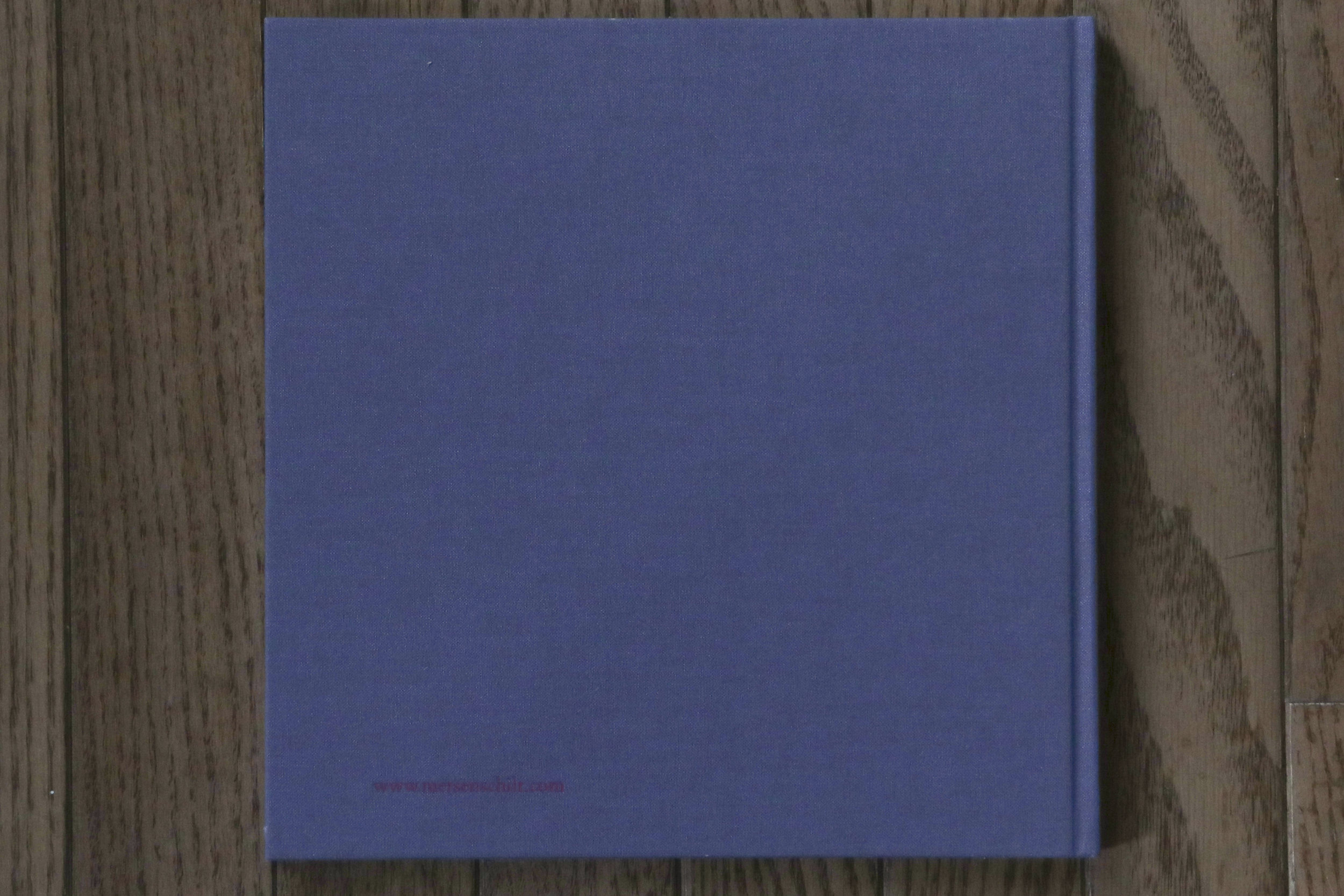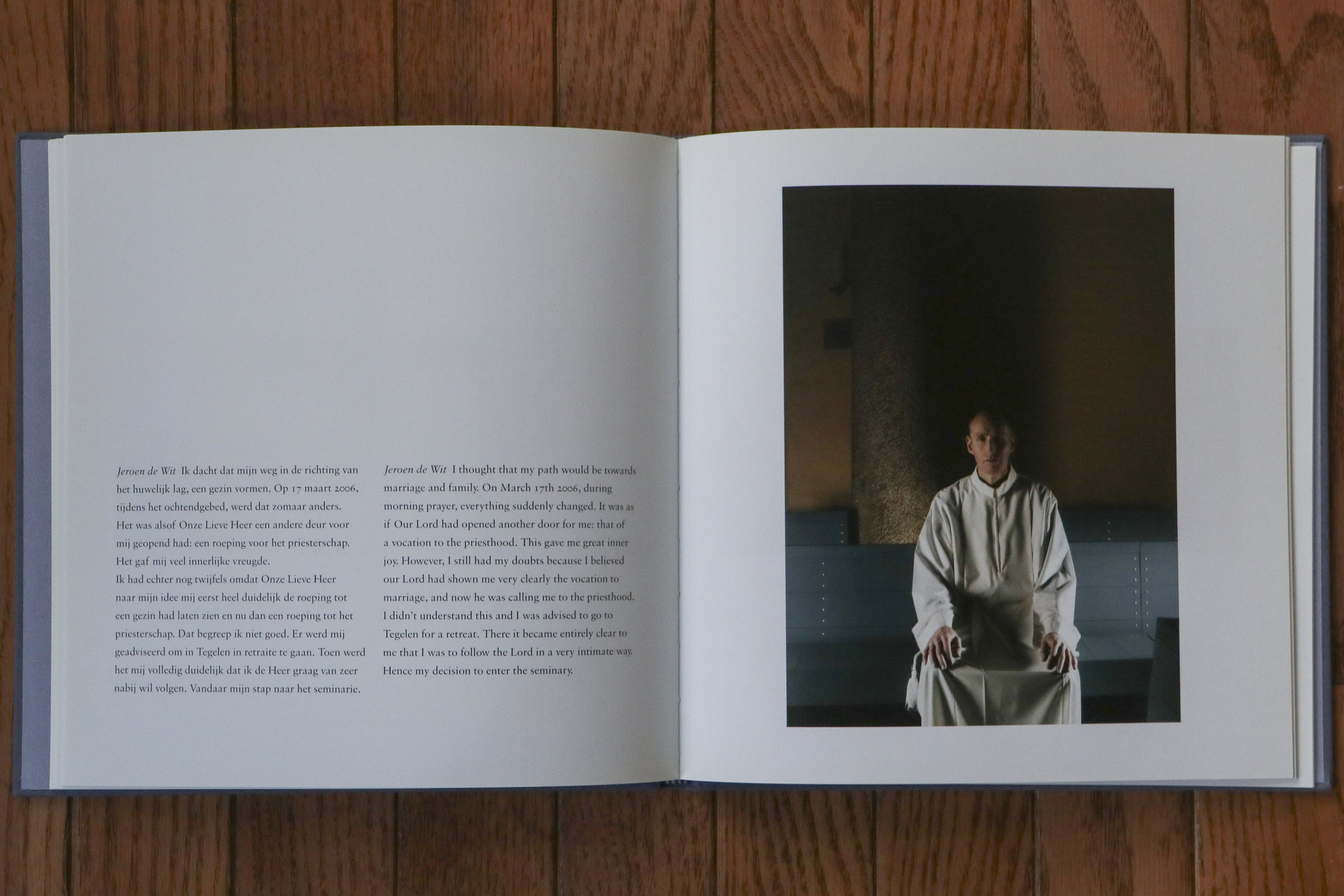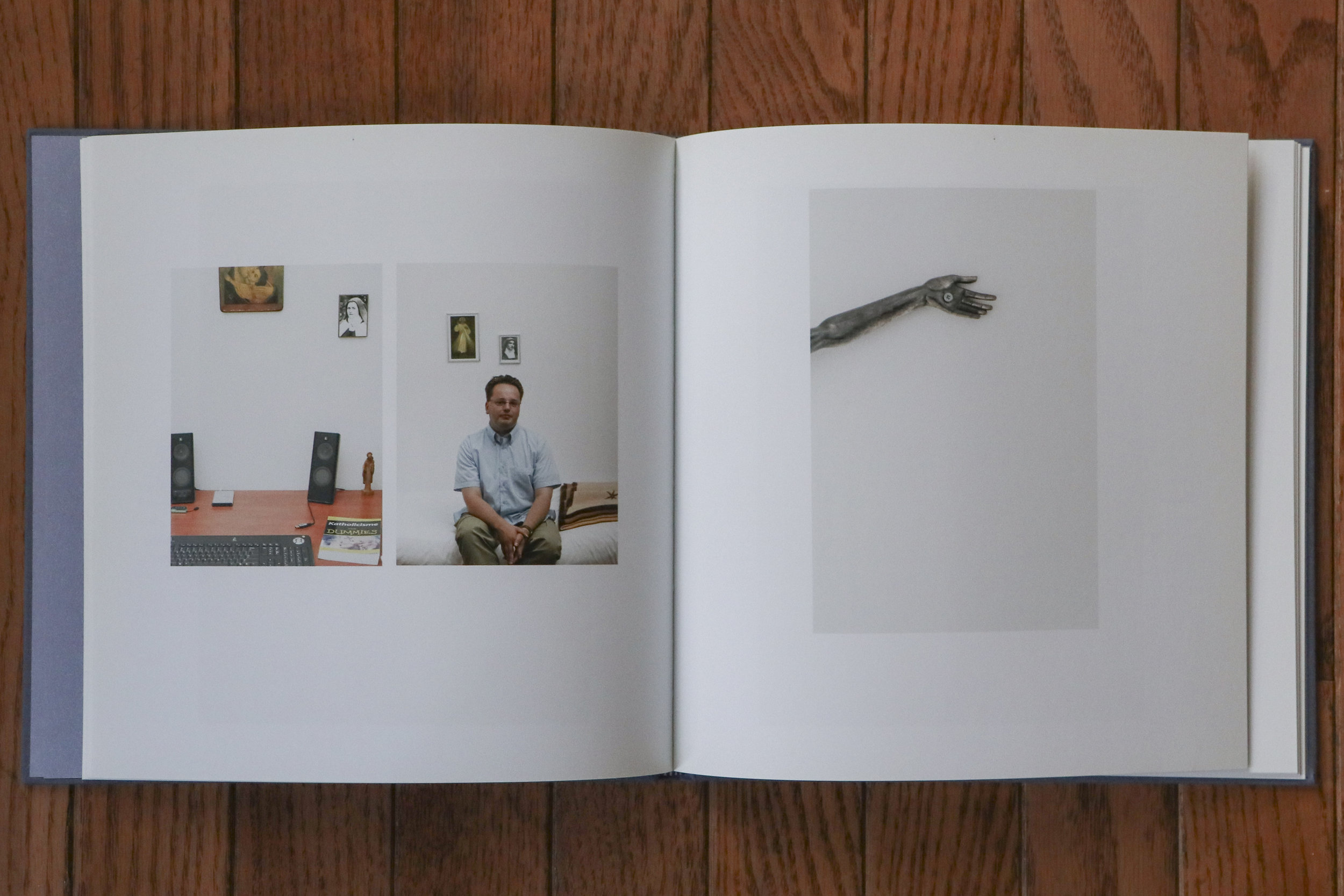Lucia Ganieva has multiple projects showcasing people active in their work atmosphere. Featuring a spotlight to halo their presence, Ganieva’s subjects show pride in the service they produce for the world that comes to take advantage of what they have to offer. Tiltenberg is a view into the lives of men studying to become priests at De Tiltenberg. Ganieva’s look into the seminary is from the textbook definition of an outsider’s perspective. Mentioned in the introduction, Ganieva talks about how she is not a believer in the faith that is practiced within the walls of the seminary, so seeing how these men are living between their Dutch and priest lives intrigued her. Ganieva’s photographs scrape more than just two separate lives being combined. Through their stories and multiple portraits of both the men and their property, Ganieva dives deeper into the views of religion for both believers and nonbelievers alike.
The 12 studying priests featured in Tiltenberg shared their story of how they were called to God and their daily lives in the seminary with little belongings. The meek living they carry out is shown as well; few possessions and stark white walls are what decorate their lives. The differences shown between the portrait next to their story and the lineup of their day-to-day is conveyed heavily. The priests emerge from the shadows, some with part of their faces appearing from the darkness and others appearing in a heavenly glow, while nothing can be hidden where they sleep. Like Ganieva, it is hard to understand who would choose a living with little belongings and devoted to a being told from what can be explained at its easiest as some of the oldest oral tradition written down in history.
When reading the stories of coming to God the priests share, there is a familiar pattern to be seen among most of them, the fear of the Lord. Defined in the Catholic Encyclopedia, fear of the lord “fills us with a sovereign respect for God, and makes us dread, above all things, to offend Him.” Those not studying Catholicism activity for either their calling or to follow in faith may not have the same views of this definition. Seeing the way the priests talk about their hesitation to accept their call to the priesthood can be viewed as a fear of consequence rather than respect and admiration for wanting to do the bidding of their God. Seeing the way Ganieva shows her subjects materializing from the dark as they discuss their take on fear of the Lord sheds more light on the inner conflict they faced choosing their path and also a self-reflection on the audience's views on the religion.
The multiple levels that can be peeled away in Tiltenberg are almost endless, but the connection that the majority of the studying priests share is an interesting point that Ganieva was able to gather for her book. Ganieva, as an outsider, has created a new belief in fearing the existing of the call to the Lord through the stories of men coming to God. Tiltenberg is more than a daily view of life of the seminary and Dutch culture, it is a view of lives that were built through family values and upbringings in the strict teachings of the church. Tiltenberg is a sharp separation between those who believe in the teachings and answered the call to follow and those who have not accepted in the being that is part of the largest religion in the world.
If you are interested in purchasing Tiltenberg, you can purchase it on the Photo-Eye website.
Written by Madison Rich
Photographs by Madison Rich




